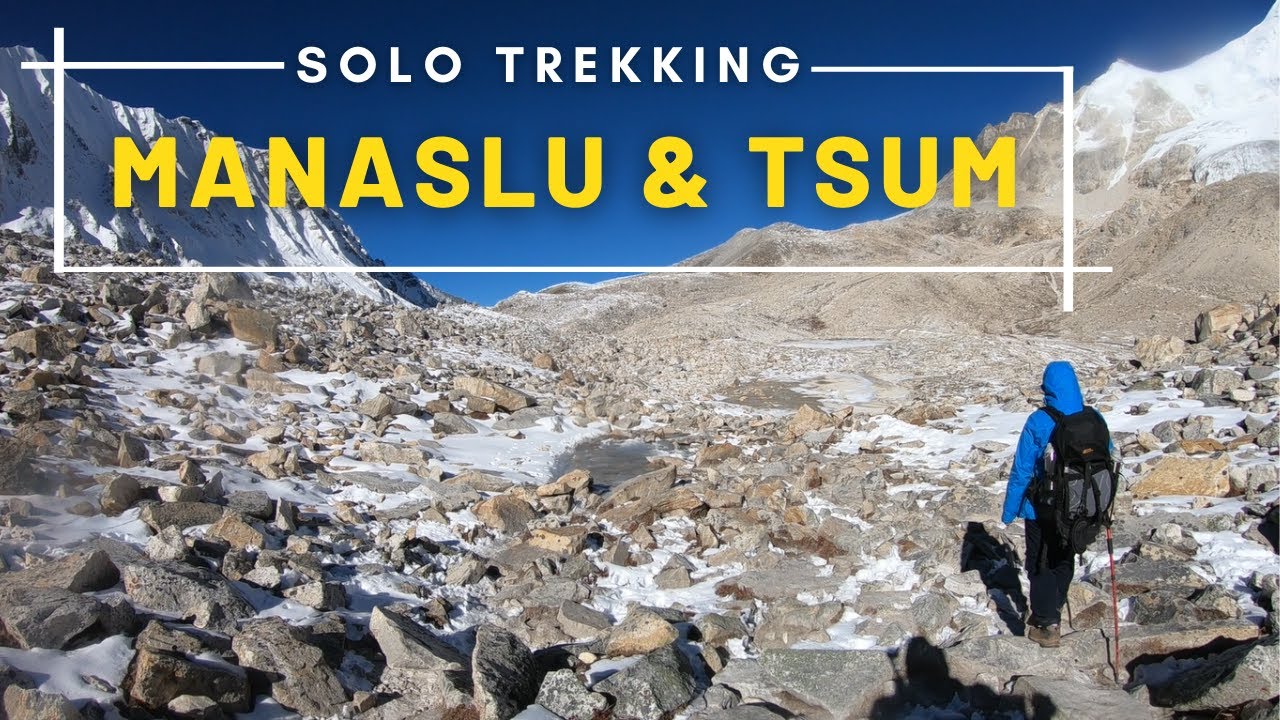The Manaslu Trek in Nepal has gained popularity among adventure enthusiasts and nature lovers due to its stunning landscapes, rich cultural heritage, and challenging trails. However, it is important to note that solo trekking is not permitted in the Manaslu region. This article aims to delve into the reasons behind this restriction, highlighting safety concerns and the need for conservation efforts in the area.
-
Challenging Terrain and Remote Location:
Manaslu, the eighth highest mountain in the world, stands tall in the Manaslu Conservation Area. The trekking trails around this region involve crossing high passes, traversing rugged terrains, and negotiating unpredictable weather conditions. The challenging nature of the trek makes it necessary for trekkers to have prior experience, physical fitness, and the ability to navigate through difficult paths. Traveling alone in such conditions can be dangerous and potentially life-threatening.
-
Safety Concerns:
One of the primary reasons for the ban on solo short trekking in Manaslu is safety. The region’s remote location and limited infrastructure make it difficult to provide immediate assistance in case of emergencies or accidents. In the event of injuries or illnesses, having a companion can be crucial for support, alerting authorities, and ensuring timely medical attention. Trekking in a group also helps minimize the risks associated with getting lost or encountering dangerous situations.
-
Cultural Preservation:
The Manaslu region is home to several ethnic communities, including the Gurungs and the Tamangs, who have preserved their unique cultural traditions for generations. The restrictions on solo trekking aim to protect the local culture and promote sustainable tourism. Trekking with a licensed guide helps visitors understand and respect local customs, contributing to the preservation of the region’s cultural heritage. It also ensures that trekkers adhere to responsible tourism practices and minimize their impact on the environment.
-
Conservation of Biodiversity:
The Manaslu Conservation Area, established in 1998, is a designated protected area that encompasses diverse ecosystems, including forests, alpine meadows, and glacial valleys. The area is home to rare and endangered species such as the snow leopard, Himalayan tahr, and red panda. To safeguard the fragile biodiversity of the region, strict regulations are in place, including restrictions on solo trekking. By trekking in groups, visitors can be closely monitored, reducing the risk of environmental damage and promoting sustainable tourism practices.
-
Economic Benefits and Local Empowerment:
Another important aspect of the ban on solo trekking is the economic benefit it brings to local communities. The requirement of hiring licensed guides and porters ensures income generation and employment opportunities for the locals. This approach fosters community empowerment and allows for equitable distribution of tourism-related benefits, enhancing the overall socio-economic development of the region.
Conclusion:
While the allure of solo trekking may be tempting for adventurers, understanding the reasons behind the ban on solo trekking in the Manaslu region is crucial. The decision is primarily driven by safety concerns, the preservation of cultural heritage, conservation of biodiversity, and the socio-economic well-being of local communities. By adhering to these restrictions, trekkers can contribute to sustainable tourism practices, protect the environment, and experience the wonders of Manaslu in a responsible manner.


